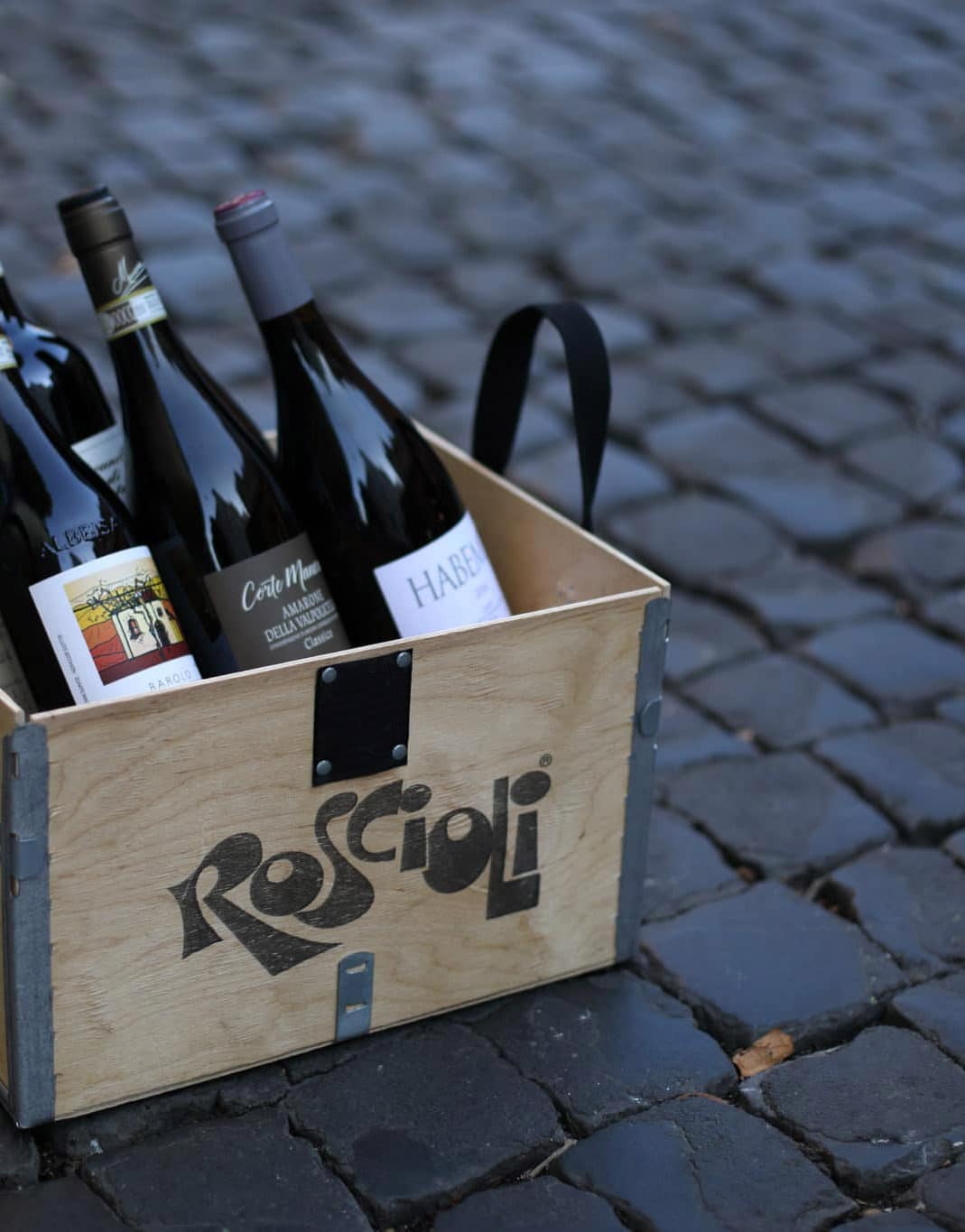Nebbiolo Bricco San Bernardo, Paitin
Tip: You can enable subtitles using the CC icon along bottom of the video player.
Grape
100% Nebbiolo
Drinking Window
Ready or drink by 2030
Region
Serraboella, Piedmont
Pairings
Cacio e pepe pasta, homemade lasagna alla Bolognese, stuffed veal, grilled beef fillet,
grilled porcini mushrooms, aged Parmesan cheese.
Regional Recipes

Winemaker Notes
The Story
Paitin is the name of a property that the Elia's family owned on the border between Neive and Castagnole. Having business with their private bank in both provinces, this property was strategic for them, so much so that they were nicknamed with that name: Paitin. "Each year the roots of the vines sink into a deeper layer of soil and each year the grapes reflects this indissoluble bond. This is the essence of nature. Learning this cycle represents the winemaker's experience. Knowing all the nuances of the vineyard and how to react to its change. The winemaker establishes an empathic relationship with his surroundings. This sensitivity can only exist by persevering through the generations of the knowledge handed down from father to son."
 SEI IN ITALIA? CLICCA QUI
SEI IN ITALIA? CLICCA QUI 
